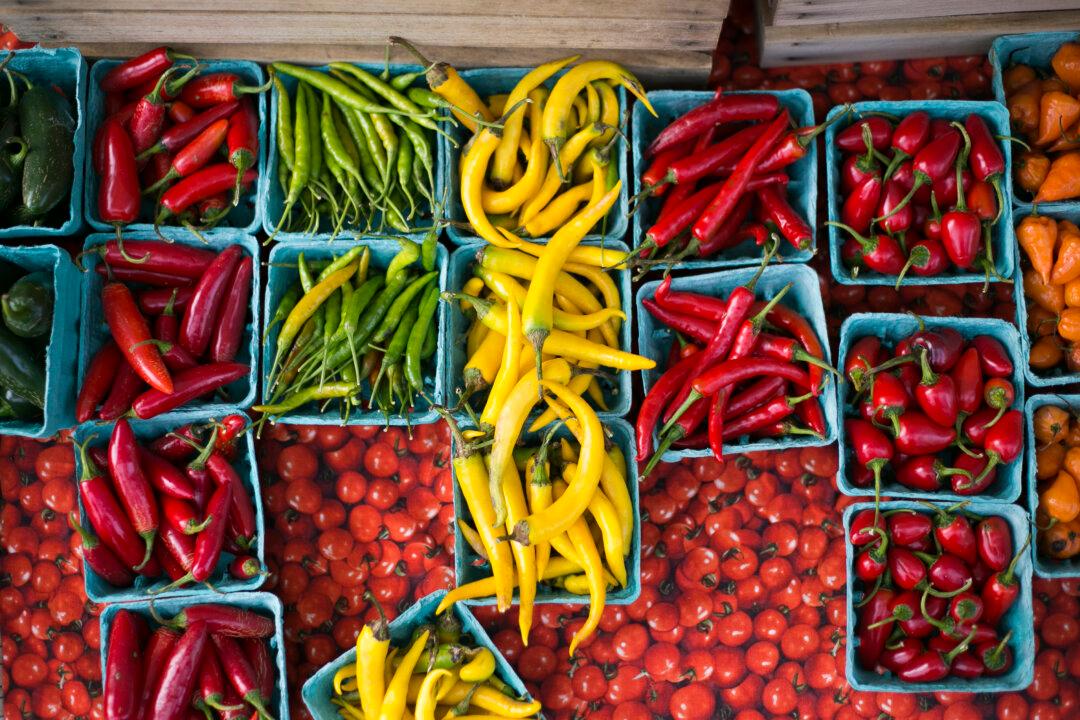Move aside chocolate-covered bacon and sushi. Sriracha and a world of hot peppers have our attention now. Have you heard of gochujang from Korea? Or ghost pepper, cardamom, and tamarind from India? If not, you will soon.
Experts have declared bold ethnic flavors one of the year’s hottest trends, with the Thai sriracha chile sauce leading the way. A recent documentary titled “Sriracha” traced how the condiment had a cult following for decades, before exploding onto the scene in the last couple years.
According to 1,600 chefs surveyed by the National Restaurant Association, ethnic condiments and spices are the 11th hottest food trend to watch for in 2016, with authentic ethnic cuisine coming in 12th. With the top 10 trends focused on local, sustainable, artisan, healthy, and natural ingredients, ethnic presents itself as quite a departure.
So what exactly does this craze over all things ethnic say about us, and where does it come from anyway? Epoch Times talked to renowned NYU food studies scholar Krishnendu Ray to find out.







